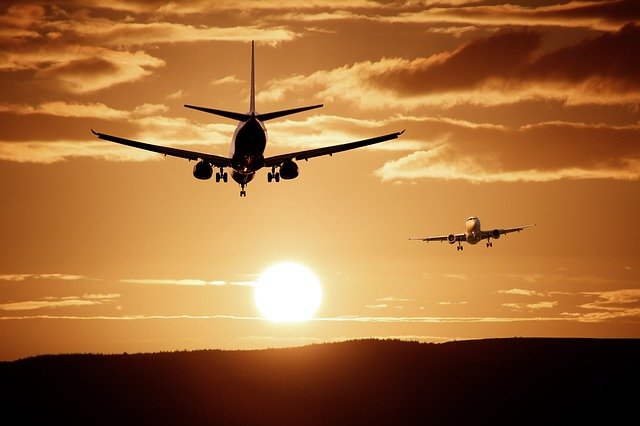When I see that a company is committed to non-polluting flights and works rigorously to find real solutions to a big problem such as pollution from current planes, first I am happy, and then I try to follow their work, wishing they have the greatest of the successes.
ZeroAvia is a British company that is developing hydrogen-powered aircraft. The company's goal is to create a fleet of zero-emission aircraft that can be used for short-haul flights.
ZeroAvia's technology uses a combination of hydrogen fuel cells and electric motors. Fuel cells convert hydrogen into electricity, which is then used to power engines. The company says its plane will produce zero emissions, including carbon dioxide, nitrogen oxides or particulate matter.
If successful, ZeroAvia's technology could have a major impact on the aviation industry. These planes could help reduce air pollution and greenhouse gas emissions from short-haul flights. This would be a significant step towards a more sustainable future for aviation.
The benefits of hydrogen-powered aircraft
There are a number of benefits to using hydrogen-powered aircraft. Hydrogen is a clean fuel that produces zero emissions, including carbon dioxide, nitrogen oxides or particulates. This makes hydrogen-powered aircraft a much more sustainable option than traditional aircraft, which rely on fossil fuels.
In addition to being clean, hydrogen is also a very efficient fuel. Hydrogen fuel cells can convert up to 60% of hydrogen energy into electricity, which is much higher than the efficiency of traditional jet engines. This means that hydrogen-powered planes can fly farther on a single tank of fuel.
Finally, hydrogen is a very abundant fuel. There is more hydrogen in the world than oil, and it can be produced from a variety of sources, including water. This makes hydrogen a very safe fuel source, as it is not subject to the same price volatility as oil.
And these are the challenges of hydrogen-powered aircraft
While the use of hydrogen-powered aircraft has many benefits, there are also some challenges that need to be addressed. One challenge is the cost of hydrogen fuel. Hydrogen is currently more expensive than traditional jet fuel, but the cost of hydrogen is expected to drop as the technology matures.
Another challenge is hydrogen storage. Hydrogen is a very light gas and can be difficult to store safely and efficiently. However, there are a number of new technologies being developed to address this challenge.
Despite the challenges, the potential benefits of hydrogen-powered aircraft are significant. Hydrogen-powered planes could help reduce air pollution and greenhouse gas emissions from short-haul flights. This would be a significant step towards a more sustainable future for aviation.
The future of hydrogen-powered aviation looks quite promising. Several companies, including ZeroAvia, are developing hydrogen-powered aircraft. These companies are working to address the challenges of hydrogen-powered aircraft, such as the cost of hydrogen fuel and hydrogen storage.
If all goes as these companies hope, hydrogen-powered aircraft have the potential to revolutionize the aviation industry and make air travel more sustainable and affordable.
ZeroAvia has made significant progress in the development of its hydrogen-powered aircraft. In 2021, the company flew a six-seater aircraft for the first time. The flight lasted 25 minutes and covered a distance of 15 miles.
And currently they are still working on a larger plane with capacity for 19 passengers. The company has already carried out tests in the month of May of this year 2023, with a modified Dornier 228 aircraft, flying for 22 minutes and reaching a height of 4000 feet.

ZeroAvia has also secured a number of partnerships that will help it bring its aircraft to market. It has announced a partnership with Alaska Airlines (which has joined British Airways and United) and in the meantime continues to test both the planes (using previously modified older propeller planes) and their high-performance electric motors.
Its goal is to have a clean aircraft with 9 to 19 seats and a range of 300 miles by the year 2025, in order to reach a range of 700 miles with 40 to 80 passengers in the year 2027.
I hope they achieve it. I certainly wish them the best.

